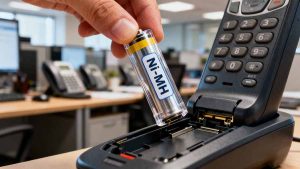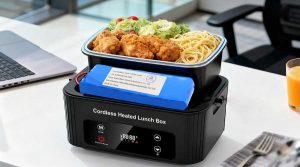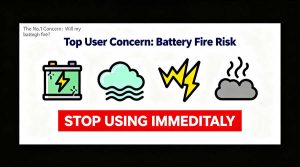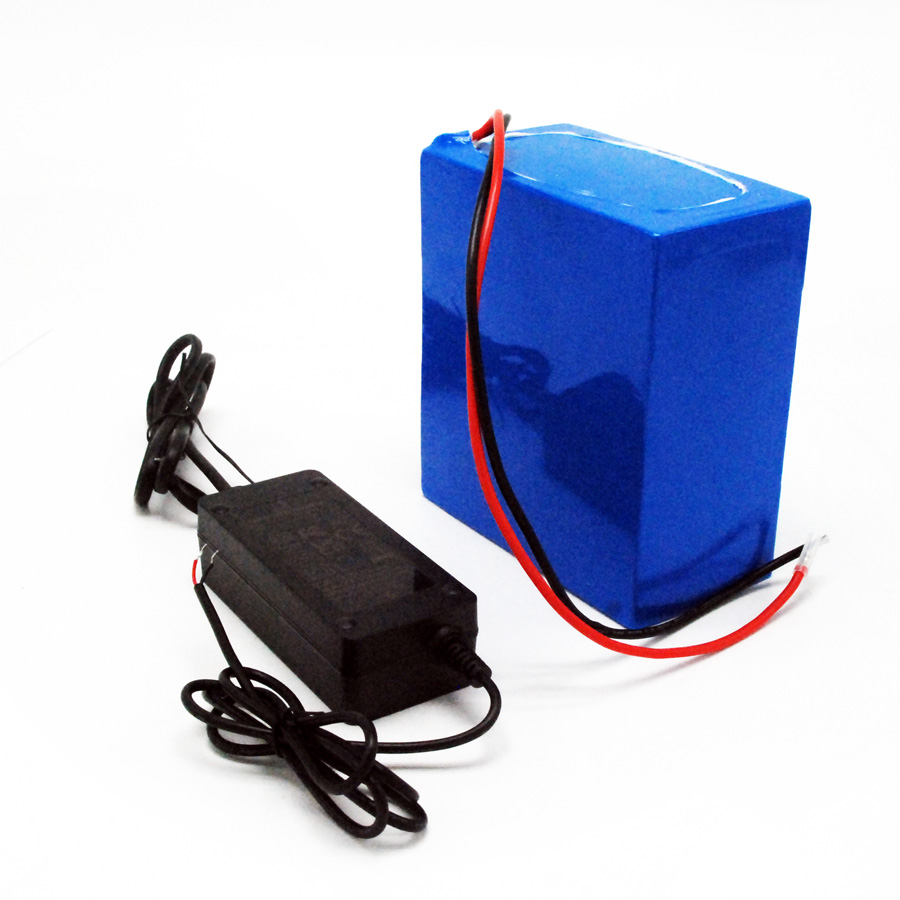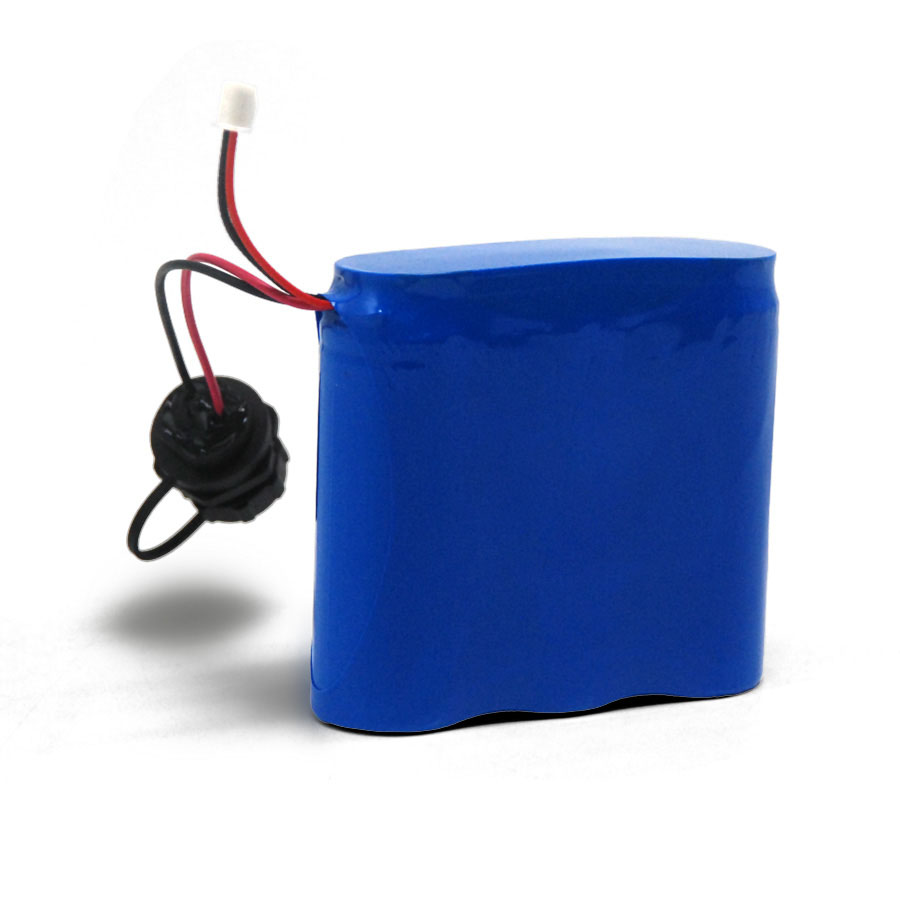Intro — why battery choice matters for AI pet robots
AI pet robots combine sensors, locomotion/actuators, speech/voice models, connectivity, and user interaction (face recognition, mood sensing, conversation modules). These features give great user experience but also make predictable, safe power delivery essential. A compact, high-quality 7.4V (2S) 3000mAh Grade-A Li-ion battery pack is an excellent balance of energy, weight, and cost for many consumer-grade AI pet platforms — providing responsive operation for interactive sessions while keeping the robot comfortable to hold and safe to operate.
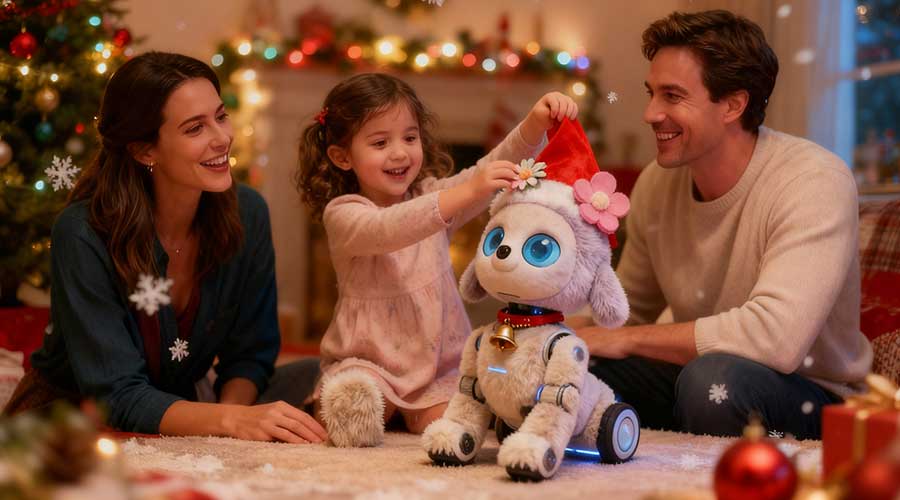
The reference article on 4400mAh batteries highlights how modern AI pet robots use rechargeable Li-ion packs to support features like conversational AI, face recognition, gesture sensing, and smart vision — all of which require steady power and reliable battery management.
Key technical spec — what “7.4V 3000mAh” means
- Nominal voltage: 7.4 V (2 × 3.7 V cells in series, commonly 2S1P)
- Capacity: 3000 mAh (milliampere-hours)
Energy (Wh) calculation (step-by-step):
- We convert capacity to watt-hours (Wh) to estimate runtime reliably:
1.Convert mAh to Ah:
3000 mAh = 3000 ÷ 1000 = 3.0 Ah
3.Multiply by voltage to get Wh:
Wh = V × Ah = 7.4 × 3.0
Now compute 7.4 × 3.0 carefully:
7.4 × 3 = 22.2
So the pack energy ≈ 22.2 Wh.
This 22.2 Wh number is the theoretical energy available from a fully charged, nominal pack (real usable energy will be slightly less because of BMS cutoffs and conversion losses).
Runtime examples — pick numbers engineers can use
Robots draw different powers depending on state:
- Idle / low activity (microcontrollers, BLE): ~1–3 W
- Interactive sensing & audio (speech + vision intermittently): ~4–8 W
- Active locomotion / motors + sensors + audio: ~10–20 W
Use this formula: Runtime (hours) ≈ Wh ÷ Power (W). Below are step-by-step calculations using 22.2 Wh.
1.Low activity — 2 W
o Runtime = 22.2 Wh ÷ 2 W = 11.1 hours → ~11.1 hour
2.Interactive average — 6 W
o Runtime = 22.2 Wh ÷ 6 W = 3.7 hours → ~3.7 hours
3.High activity (motors) — 15 W
o Runtime = 22.2 Wh ÷ 15 W = 1.48 hours → ~1.5 hours
Practical notes:
- These are idealized numbers. Real runtime is typically 10–25% lower due to power conversion inefficiency (DC-DC converters, motor drivers) and BMS cutoffs.
- For product design, add margins: if your design requires ≥3 hours active interactive use, consider a higher capacity (e.g., 7.4V 4400–6000 mAh) or reduce active power via duty cycling of heavy subsystems (e.g., vision on demand).
(Reference article uses 4400mAh as an example for ~2 hours active use in higher-draw scenarios — we adapted the same approach to 3000mAh).
Why Himax’s grade-A 7.4V 3000mAh packs are a good fit

- Grade-A cells for consistent performance: grade-A cells have tighter capacity and internal resistance tolerances, which yields more predictable runtime and better motor/actuator response.
- Compact & lightweight: 2S 3000mAh allows slim robot bodies and soft, toy-like designs without excessive weight.
- Built-in protection (BMS): overcharge, overdischarge, overcurrent, and short-circuit protection extend safety and service life.
- Tested for consumer use: Himax follows factory QC and testing protocols (cell screening, pack aging tests) to ensure reliability in interactive toys and robots.
Charging strategy & estimated charge times (useful for UX design)
Estimate charging time from capacity and charger current. First convert capacity to Ah (we already have 3.0 Ah).
Rule of thumb: Charging time (ideal) = Capacity (Ah) ÷ Charge current (A); then multiply by an efficiency factor (typically 1.1–1.3 for Li-ion charge inefficiencies and constant-current/constant-voltage taper).
Examples (step-by-step):
- With a 1 A charger:
oIdeal hours = 3.0 Ah ÷ 1 A = 3.0 hours
oAccount for taper/losses (use 1.2 factor): 3.0 × 1.2 = 3.6 hours
- With a 2 A charger:
oIdeal hours = 3.0 Ah ÷ 2 A = 1.5 hours
oWith 1.2 factor: 1.5 × 1.2 = 1.8 hours
Design advice: Use a charger rated for the pack voltage and a safe charging profile (CC/CV). If you want faster recharge, specify the allowable charge current (e.g., “charge at ≤1C” where 1C for 3000mAh = 3 A — but many consumer packs use 0.3–0.7C for longevity). Always include the recommended charger in product specs to prevent misuse.
Safety & regulatory considerations (what OEMs and buyers must check)
The reference article and broader industry practice show the importance of safety testing and certifications for consumer robots. Himax recommends and supports the following:
- BMS protections: overcharge, overdischarge, overcurrent/short-circuit, cell balancing (where applicable), and temperature monitoring (NTC). The source battery page shows typical pack protections and operating temp ranges used in consumer devices.
- Temperature specification: Define safe charge and discharge temperature windows in product docs (example ranges on reference page: charge 10°C–45°C, discharge −20°C–60°C).
- Certifications / transport testing: UN 38.3 for transport, IEC 62133 for portable battery safety, and MSDS/UN documentation for shipping and regulatory compliance — necessary for commercial distribution and safe air transport. (Himax can provide test summaries/certificates on request.)
- Mechanical & enclosure safety: robust casing, secure mounting inside the robot, and connector selection to minimize accidental shorting or disconnection during play.
- Thermal design: avoid placing the pack next to high-heat components; provide vents or thermal pathways if the battery and motors run simultaneously.
Integration tips for AI pet robot designers

- Match voltage & current capability. Confirm motors, actuators, and peak current draw. BMS continuous/peak current rating must exceed peak motor/actuator current spikes.
- Add measurement & telemetry. Expose pack SoC and voltage to the robot controller for smart power management (graceful shutdown, reduced features as battery drops).
- Duty cycle heavy features. For example, run high-power motors in short bursts and let the CPU/sensors remain active at low power between interactions to conserve energy.
- Connector & mounting choices. Use keyed connectors and mechanical retention so children cannot easily unplug the battery. Provide clear polarity labeling and an easy customer-accessible battery door for replacement.
- User experience (UX) design. Indicate expected runtime on the product, provide low battery warnings, and include an easy charging LED indicator or app telemetry.
Maintenance, storage & end-user guidance
- Storage SoC: Store batteries at about 30–50% charge for long-term storage to slow aging.
- Avoid extreme temps: Keep packs out of prolonged >50°C or <−20°C environments.
- Routine inspection: Check for swelling, unusual heat, or odors — discontinue use if observed.
- Use only recommended chargers: Mismatched chargers can shorten life or create safety hazards.
- End-of-life: Provide recycling instructions and encourage customers to return packs through certified battery recycling channels.
Troubleshooting (quick reference)
- Robot shuts off unexpectedly: check SoC, voltage sag under load, and BMS faults.
- Short runtime vs spec: verify actual average power (sensors + motors), battery age, and connections; verify firmware power states.
- Battery gets hot: stop use, isolate battery, and test for internal short or overcurrent load; review motor driver behavior.
- Battery won’t charge: test charger and cables first; if pack is warm, swollen, or shows BMS fault, replace and recycle safely.
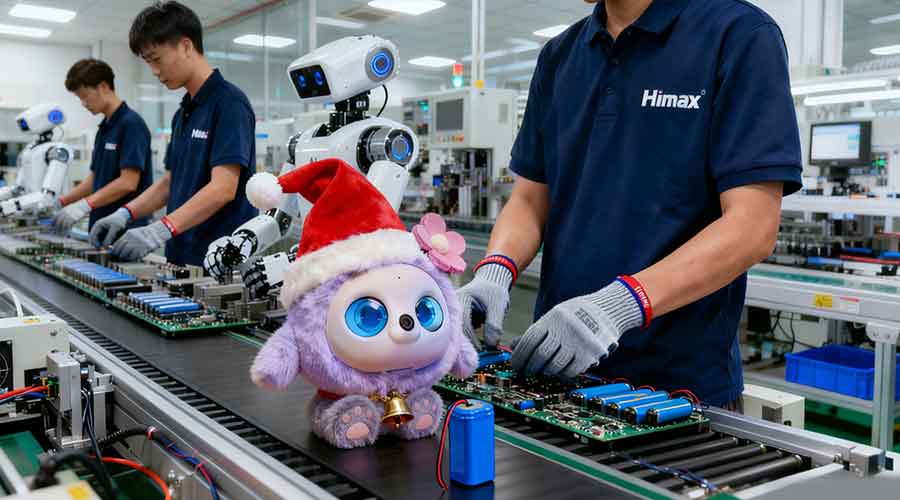
Himax value proposition & how we can help
Himax Battery is a certified, experienced battery manufacturer that supplies Grade-A Li-ion packs tailored for consumer robotics. For AI pet robot customers we offer:
- Standard 7.4V 3000mAh Grade-A packs optimized for interactive robots.
- Custom options: alternative capacities, connector types, and BMS parameter tuning to match your robot’s current profile.
- Certificates & test data: UN 38.3, IEC 62133 (where applicable) and QC/aging reports for OEM qualification.
- Samples & small batch support for prototyping and pilot runs.
If you’d like, Himax can provide sample packs and a recommended BMS/charger specification tailored to your robot’s measured current profile.
Conclusion & call to action
A well-designed 7.4V 3000mAh Grade-A Li-ion pack provides a practical and safe energy source for many interactive AI pet robots: it balances weight, runtime, and cost while enabling rich sensor and speech features. For longer runtimes or high-power locomotion use cases, evaluate larger capacities or optimized duty cycles.
Contact Himax Battery to request datasheets, certifications, or samples — we’ll help you match the perfect battery to your AI pet design.
Find articles related to Robot Battery


